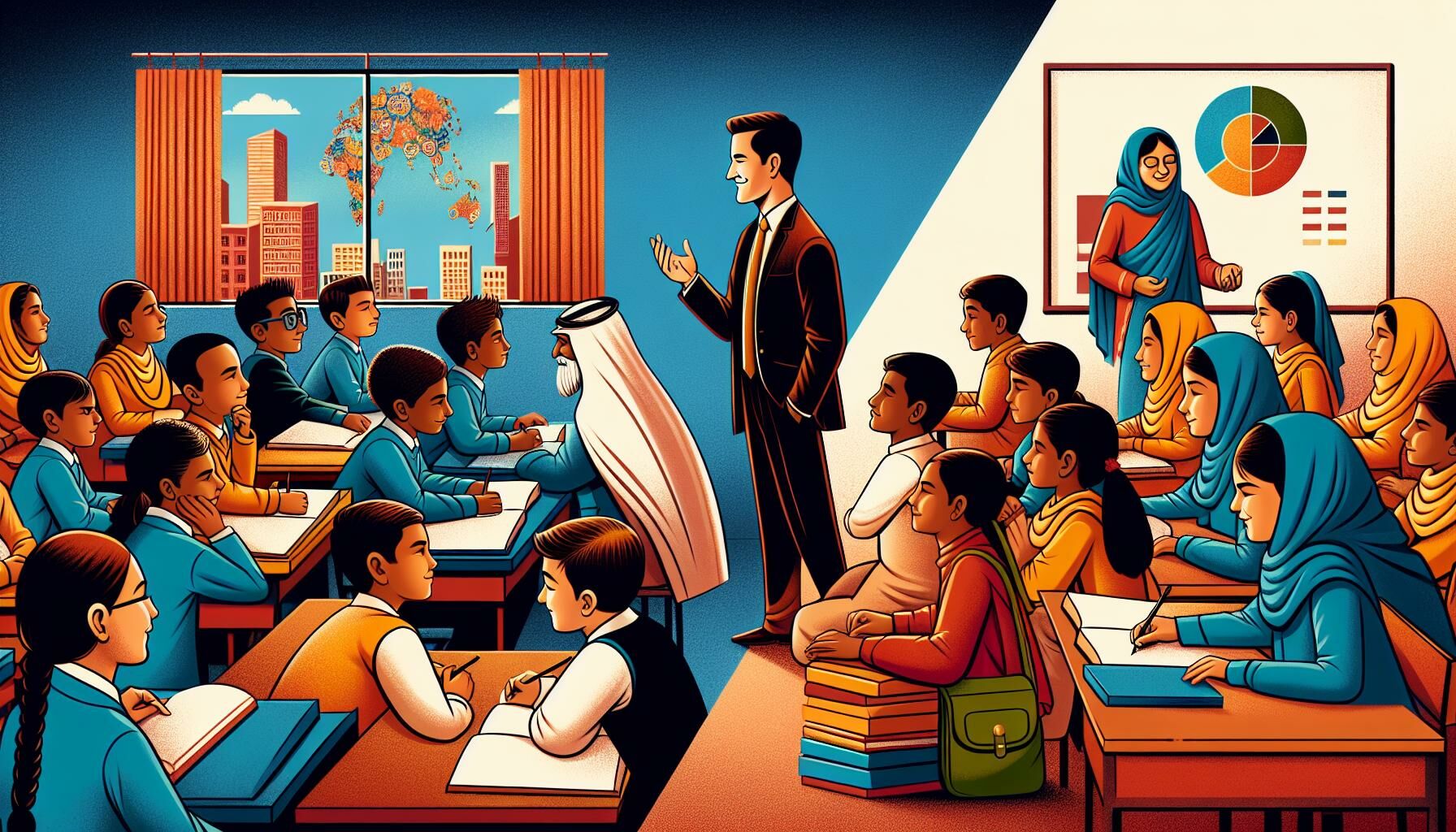Strategies for combating educational inequality in Thailand

In Southeast Asia, Thailand faces a significant challenge that resonates regionally: educational inequality. This issue marks a clear divide in the quality of education between students in remote or economically disadvantaged areas and their urban peers. Such disparities not only limit individual potential but also hinder national development. As neighbouring countries like Vietnam and Indonesia demonstrate progress in tackling these challenges, it becomes increasingly imperative for Thailand to adopt similar strategies.
This discussion aims to dissect the intricate issue of educational inequality in Thailand comprehensively. By examining successful international practices, we will propose policy recommendations, identify critical areas requiring immediate attention, and suggest actionable steps for relevant stakeholders. Join us as we explore how Thailand can transform its educational system for equitable outcomes across all regions.
Current efforts to address educational inequality
In Thailand, addressing the issue of educational inequality is a top priority for both the government and various non-governmental organisations (NGOs). There’s a concerted effort happening to close the existing gaps and ensure that every child has the opportunity to receive a quality education.

Overview of government and NGO Initiatives to combat Thai education Inequality
The Thai government, alongside various NGOs, implements programmes aimed at reducing educational disparities. At the forefront of these efforts is the improvement of access to education in remote and impoverished areas. This includes constructing schools, providing scholarships, and implementing lunch programmes to ensure that poverty does not hinder a child’s ability to attend school.
Government initiatives focus on policy reforms and funding allocations. One significant step has been the increase in budgetary allocations for education, with a particular emphasis on schools in rural regions. Policies also mandate a minimum set of resources for every school, aiming to level the playing field across urban and rural divides.
NGOs play a critical role in complementing government efforts. They provide resources such as books, teaching materials, and even volunteer teachers. Programmes like the Baan Makha School’s approach to empower communities and rely on local initiatives are exemplary. By encouraging community participation in educational development, these programmes demonstrate a commitment to sustainable solutions.
Moreover, collaborations between NGOs and the private sector, seen in initiatives like the one by the Baan Dek Foundation (BDF), aim to create systemic change. By partnering with construction companies, BDF ensures that the children of migrant workers receive education and support, addressing the educational needs of a particularly vulnerable group.
Strategies to reduce educational inequality
Addressing educational inequality requires multi-faceted strategies. This section outlines steps that aim to make a tangible difference.
Improving accessibility
- Infrastructure development in remote areas: Improving physical access to schools in rural areas ensures children can attend classes regularly. Investing in roads, transportation, and school buildings makes education more reachable.
- Digital learning resources to bridge educational inequality: Offering online resources and digital libraries opens up learning opportunities for students, no matter their geographical location. Platforms like Ookbee bring a vast array of materials to those who otherwise might miss out.
Enhancing quality of education
- Training programmes for teachers in marginalised communities: Upskilling teachers through targeted training programmes ensures that educators in remote areas can deliver quality education. Initiatives like Inskru provide platforms for continuous learning.
- Curriculum reforms to include diverse cultural perspectives: Revamping the curriculum to reflect various cultural and social backgrounds fosters inclusivity. It ensures all students see their identities reflected in their learning materials.
Policy and legislative framework
- Recommendations for laws and policies to ensure equal educational opportunities: Advocating for legislative changes that mandate equal access to quality education for every child is crucial. This includes funding allocations that prioritise disadvantaged schools.
- The role of international cooperation in addressing Thai educational inequality: Leveraging international partnerships can bring about new insights, resources, and technologies to address local challenges. Collaboration fosters cross-cultural learning and solutions.
Community and stakeholder engagement
- Importance of involving local communities to understand their needs better: Engaging with communities directly affects students’ learning environments. It ensures that interventions are relevant and effectively address specific challenges.
- Partnerships between schools, businesses, and non-profits to offer holistic education solutions: Forging collaborations between various stakeholders pools resources and expertise. It enables a comprehensive approach to solving educational inequality, incorporating everything from infrastructure to learning materials and teacher training.
By implementing these strategies, Thailand can make significant strides in reducing educational inequality, ensuring every child has access to quality education irrespective of their socio-economic status.
The road ahead

Addressing educational inequality in Thailand requires more than just increased funding or the construction of additional schools. It demands intelligent, inclusive strategies that ensure every child has access to education, particularly those in remote areas. By emphasising accessibility, improving quality, and fostering community participation, Thailand is making significant strides towards a more equitable education system.
Despite the lengthy journey and numerous obstacles ahead, with persistent efforts and collaborative action, achieving equal educational opportunities for all Thai children is becoming an attainable goal. Moving forward, it’s crucial to maintain this momentum to guarantee that every child in Thailand receives the quality education they deserve.
If you are looking for more education in Thailand, check out our article on ‘Understanding the Thai higher education system.’
Latest Thailand News
Follow The Thaiger on Google News:


























